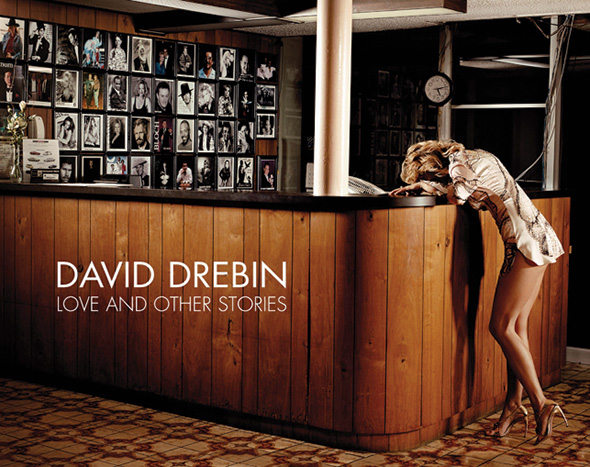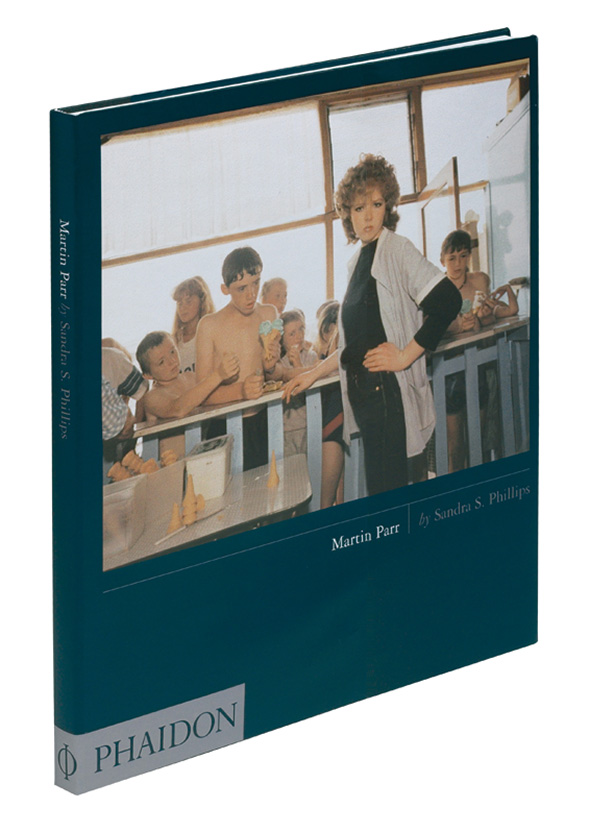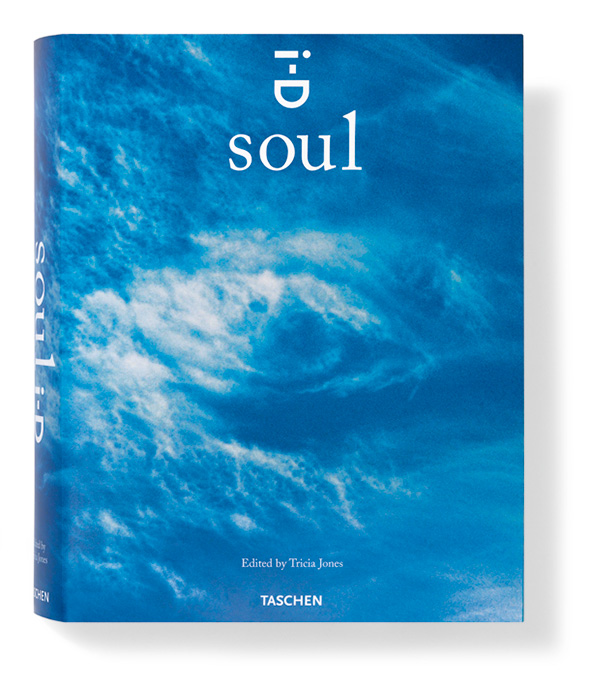David Drebin: Love and Other Stories (Daab, 160 pages, $70)

The visual narrative of David Drebin’s, Love and Other Stories, needs no introduction—a good thing for the editors over at Daab, as the book doesn’t have one. And why go and muddle-up Drebin’s photographic images with text? Drebin (a Canadian turned New Yorker) has a career that speaks for itself, and as for the photographs—the burden of imagining and interpreting is left entirely to the viewer, as it should be. Certainly, much of the book’s appeal is in speculating about the story behind each frame, and Drebin isn’t going to rob his audience of that. The loosely woven narrative of images hits on all the “greats” of human emotion and experience. Love and its counterpart, longing, are accompanied by their usual cohorts (regret, heart break, elation, lust, sexuality) in this series of could-be-paparazzi snaps. Stolen moments of almost excruciating intimacy: a woman leaning vulnerably over the rail of a balcony; a little girl casting a stare back at the man who is checking-out her mother; and lots and lots of intentionally unintentional leg. In actuality, the production and staging that must be behind these photos is staggering but well worth it as Drebin gives us love stories that go way beyond trope.
Martin Parr by Sandra S. Phillips (Phaidon, 128 pages, $15)

No one would ever accuse Martin Parr of photographing the world through rose colored lenses. If they did, they’d be well advised to read this book. The images in Martin Parr are accompanied by a thorough professional bio (surprisingly devoid of personal details) and photo captions to alert the reader to Parr’s numerous achievements, which include the resuscitation of the photographic genre in England—influenced by the artistically and culturally dynamic 1960s in America. Plates from books such as Bad Weather and Fair Day capture the sweeping changes that happened in Europe as the result of modernization. His later compilation, Small World, demonstrates Parr’s interest in international tourism, travel and leisure as he experiments with heightened color and snapshot-like cropping and composition. Parr offers an uncomfortable glance into modern life by examining the food we eat, the places we visit, our gatherings, our jobs and our families. The work from these books and more are somehow captured in this small and affordable monograph, which proves the perfect place to start a journey through Parr’s matte world.
Soul i-D (Taschen, 608 pages, $40)

Think Imagine, only in book form spread over 608 pages written by 300 artists over a ten-year period, and you have Soul i-D. It doesn’t hurt that the majority of contributing artists experienced 1971 first hand. But that’s not to say that this book isn’t relevant today—Soul i-D explores themes that will (sadly) probably always be contemporary: commercialism, inequality, war, poverty, injustice. But in the same vein as Lennon’s classic, it also celebrates the joys of life: family, knowledge, love, health, tolerance. But before I get too hippy-dippy with my analogy, it is important to note the corporate presence in Soul i-D. Yes, companies such as Barneys New York, C.P., Diesel and Y-3 have lent both financial support and artistic submissions to this mammoth compilation. And joining them in this volume are hundreds of artists (from David La Chapelle to Alberta Feretti to Vanessa Beecroft to Steven Sprouse) who have something to say/draw/photograph/collage about human experience. Keep it around to stave away those unattractive self-pitying moments.
TEXT BY Kiira Mancasola

